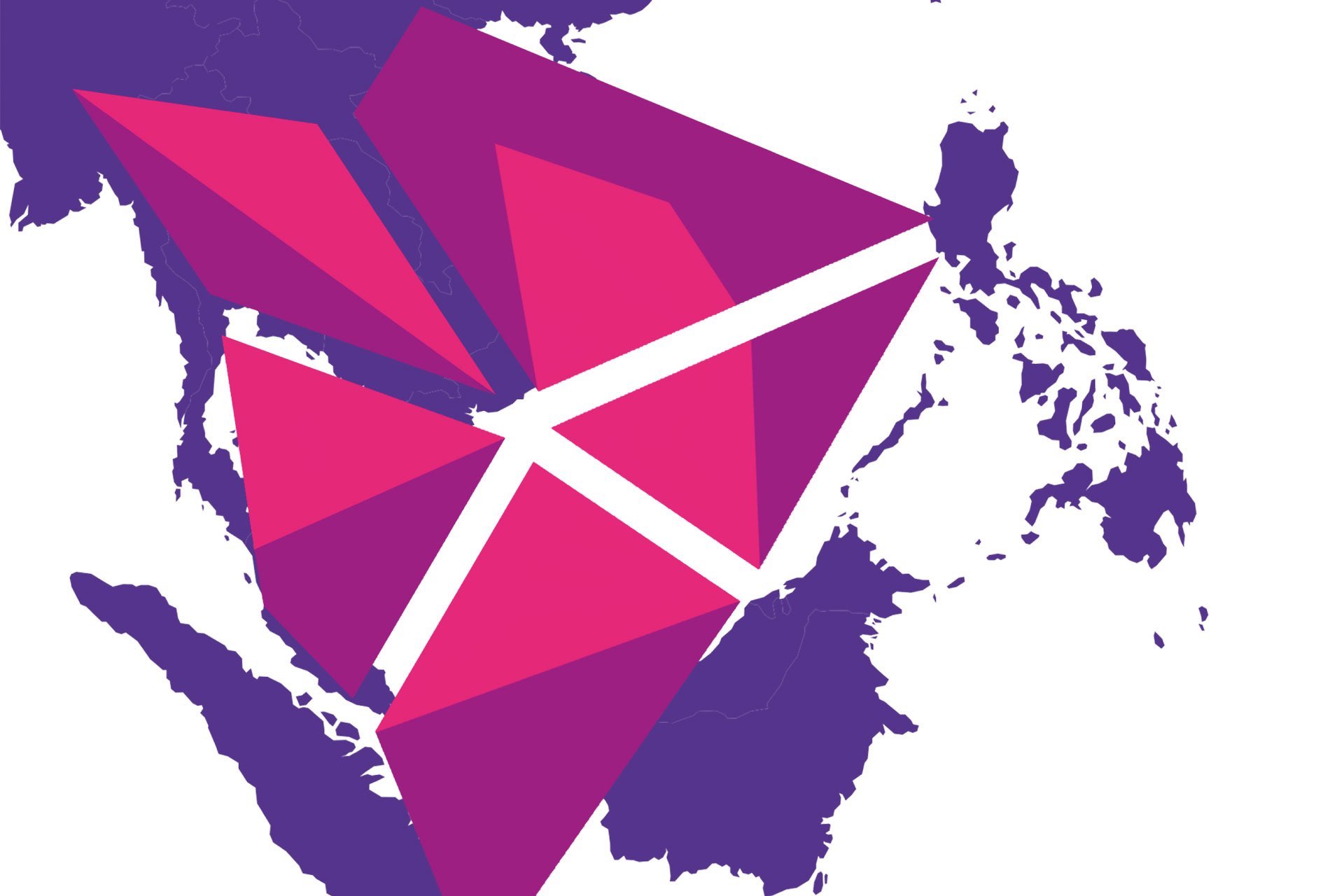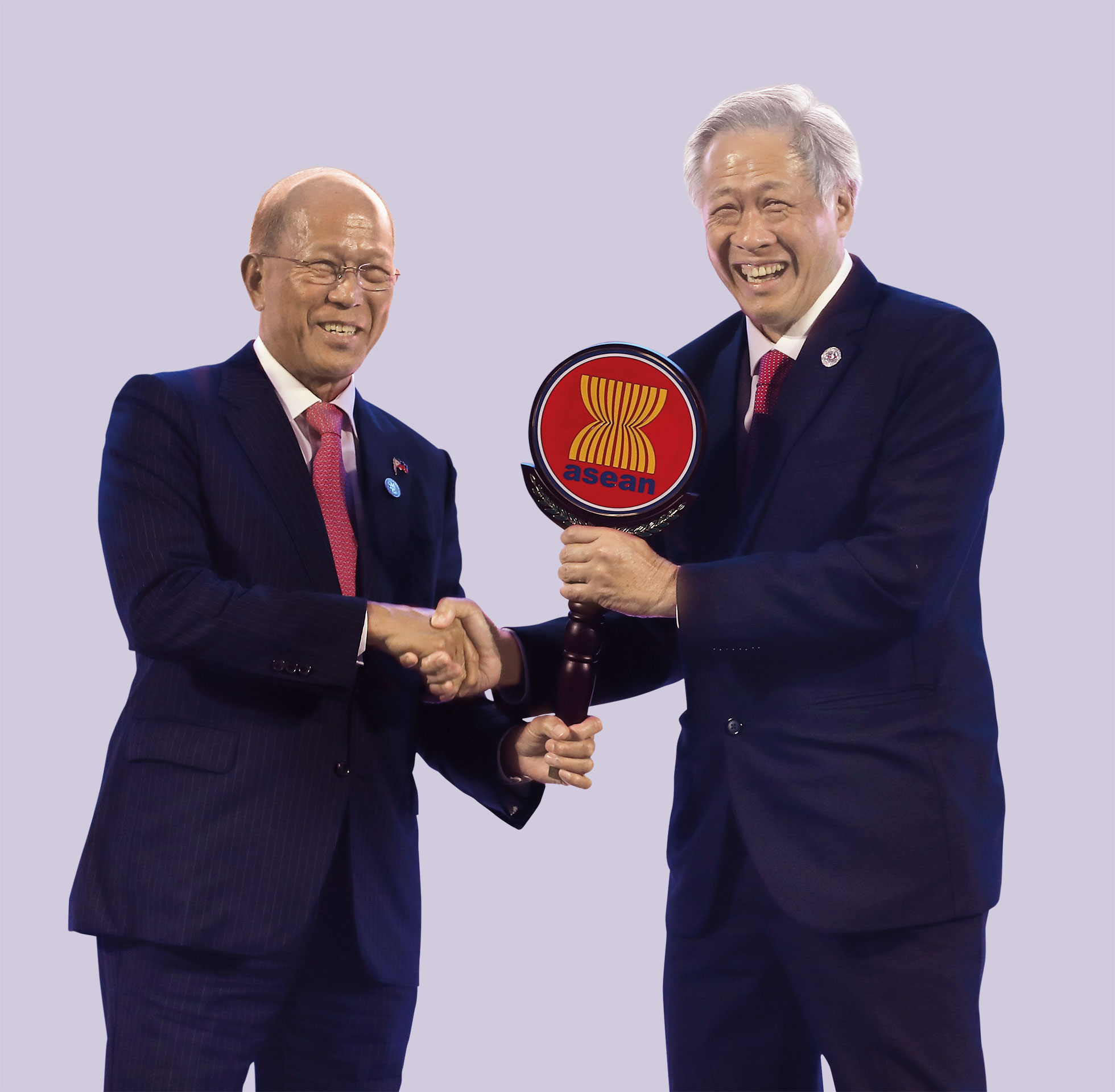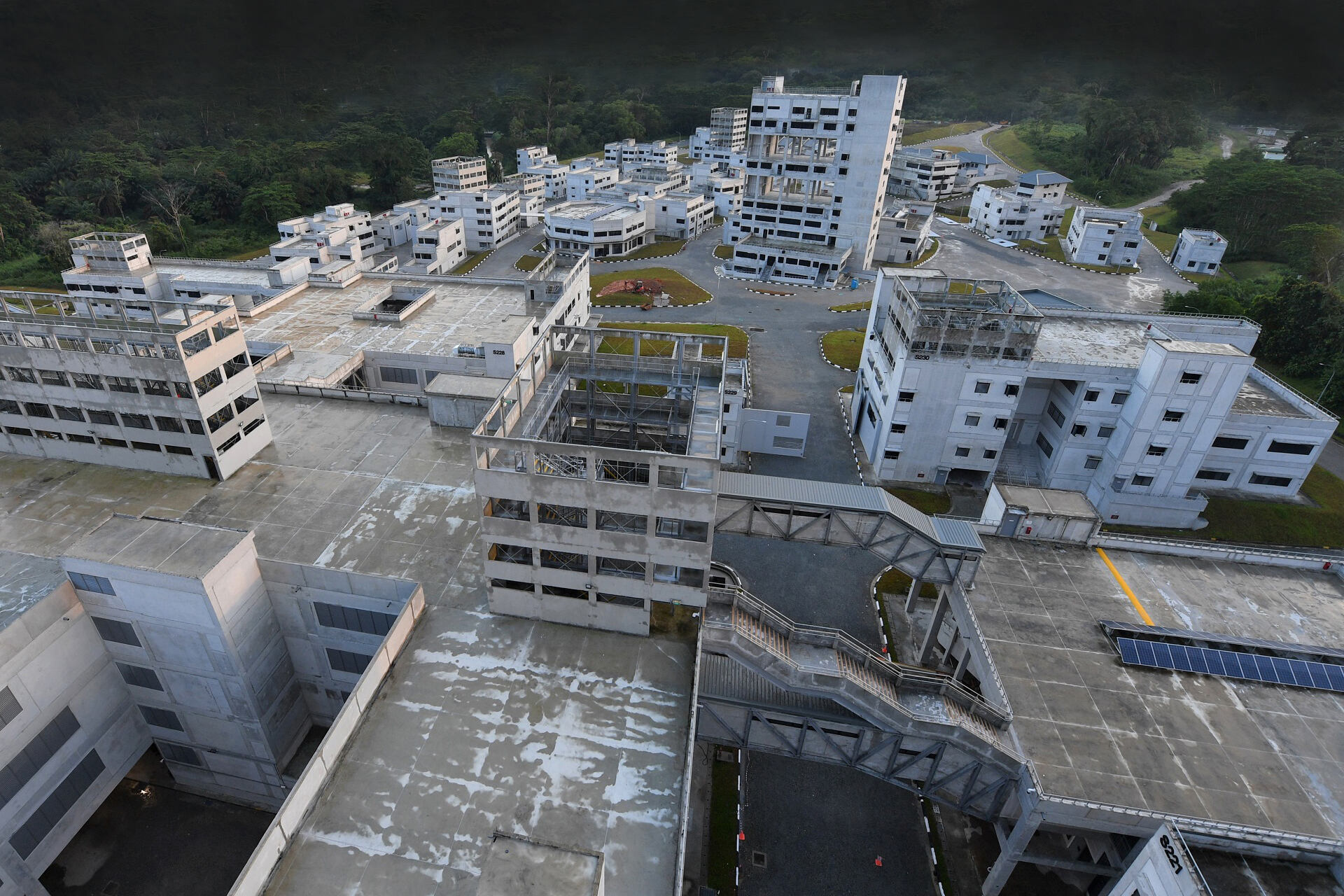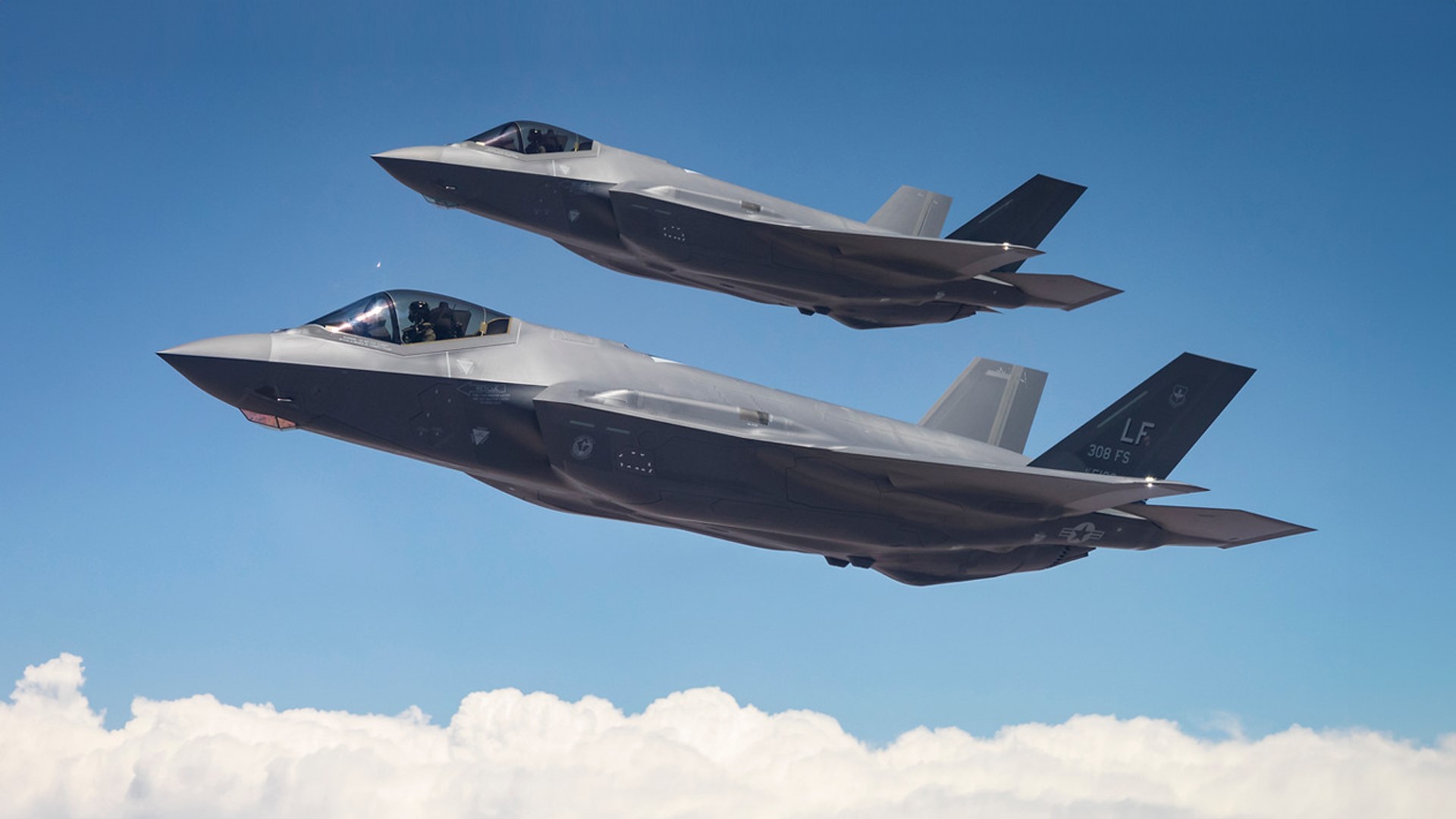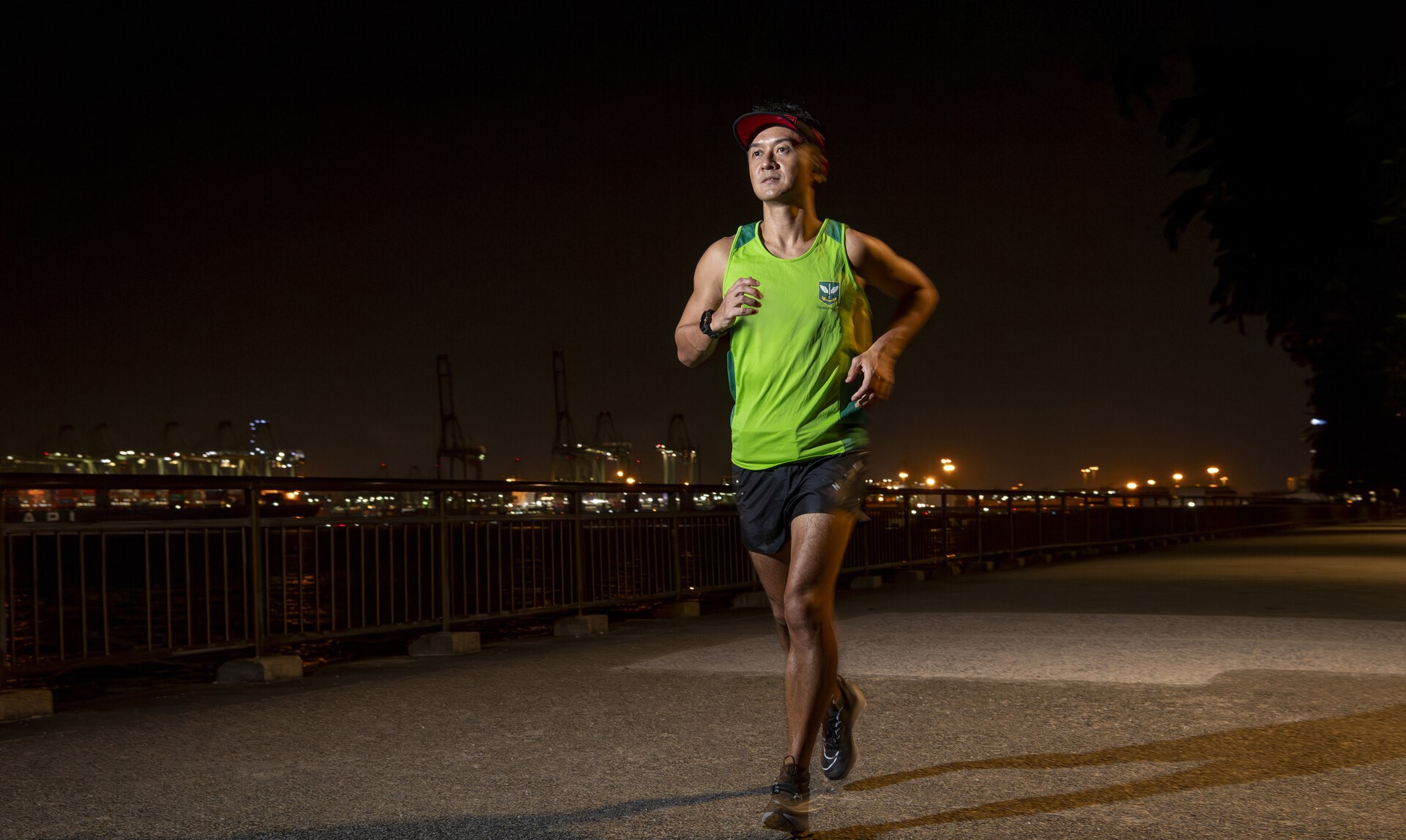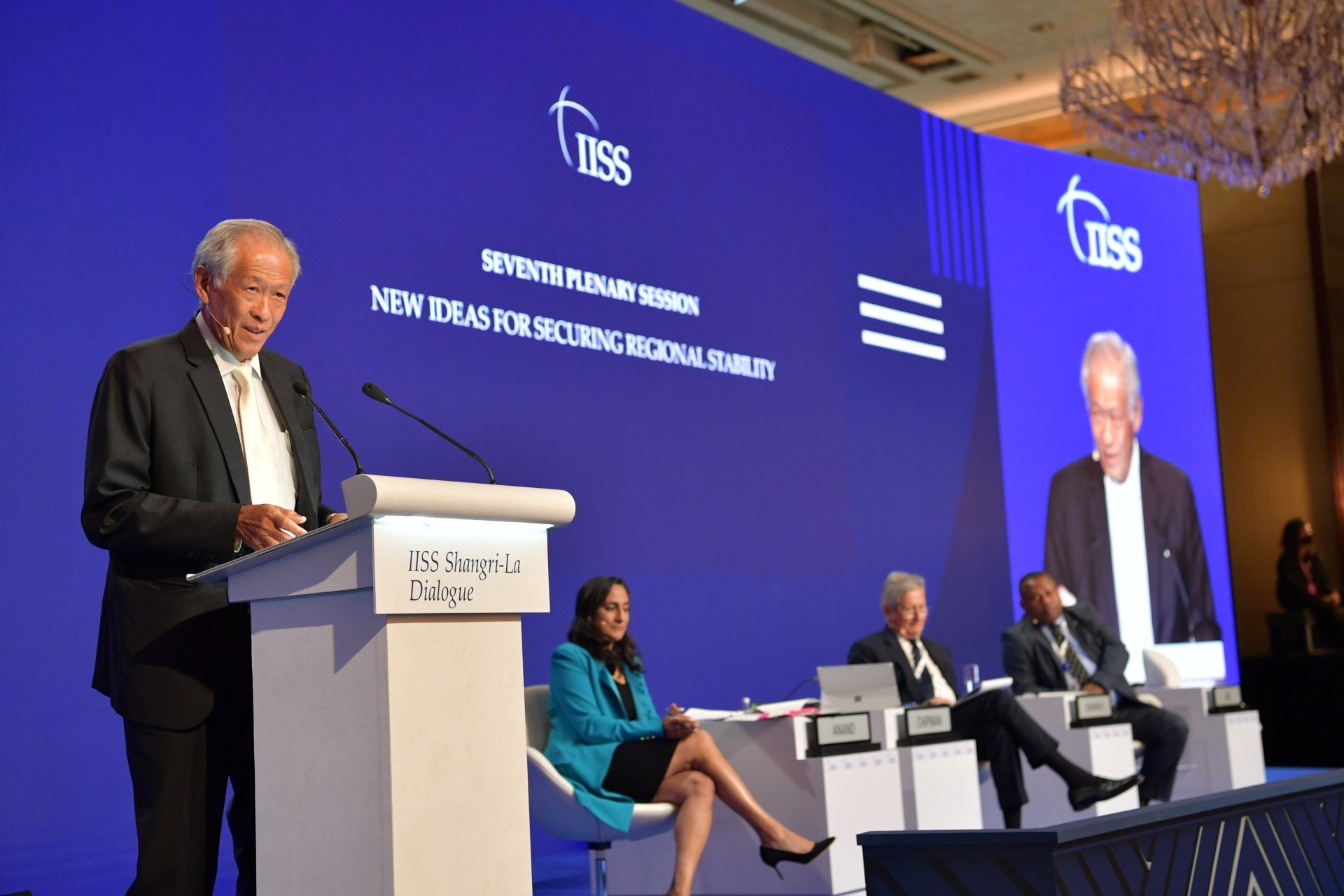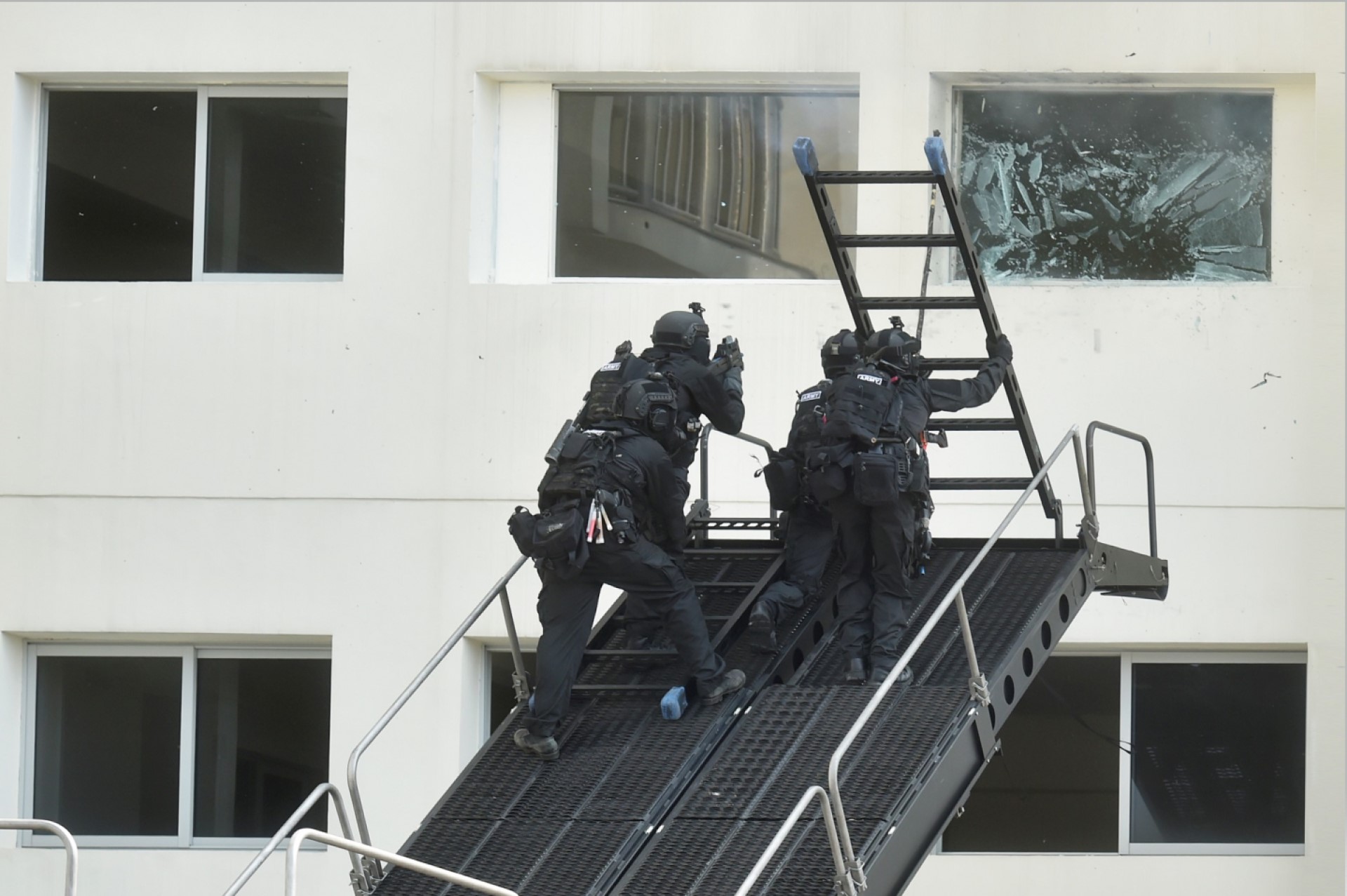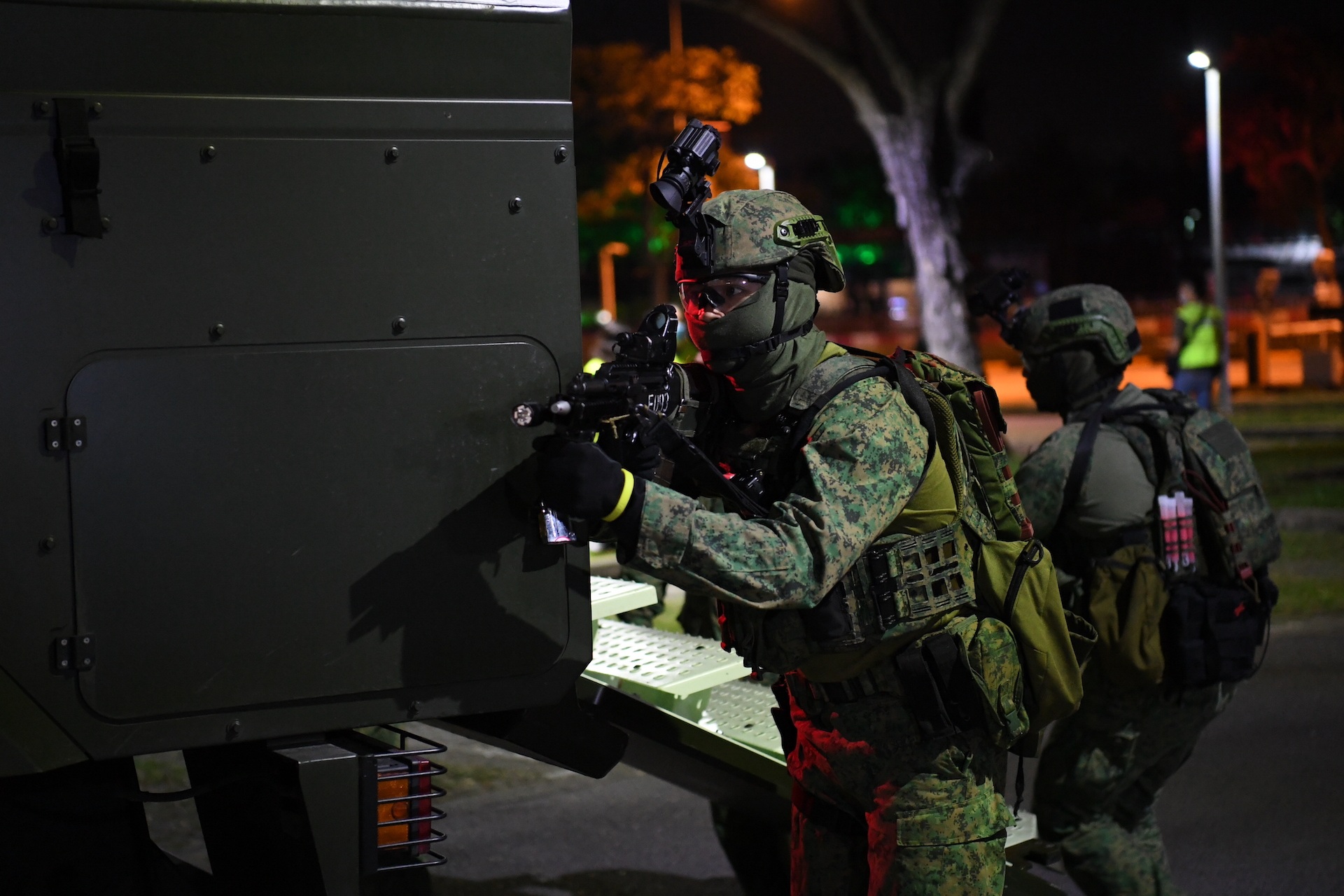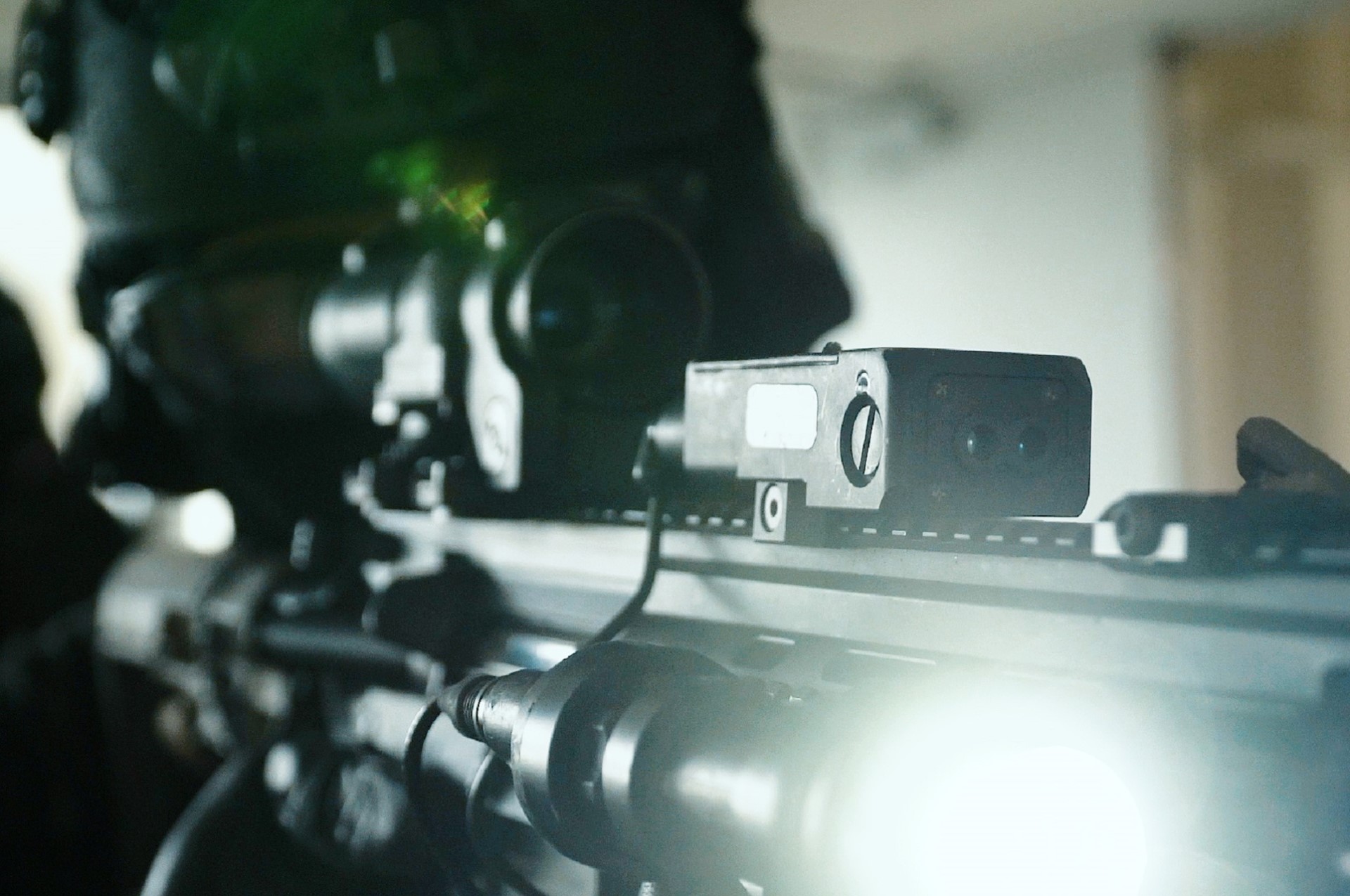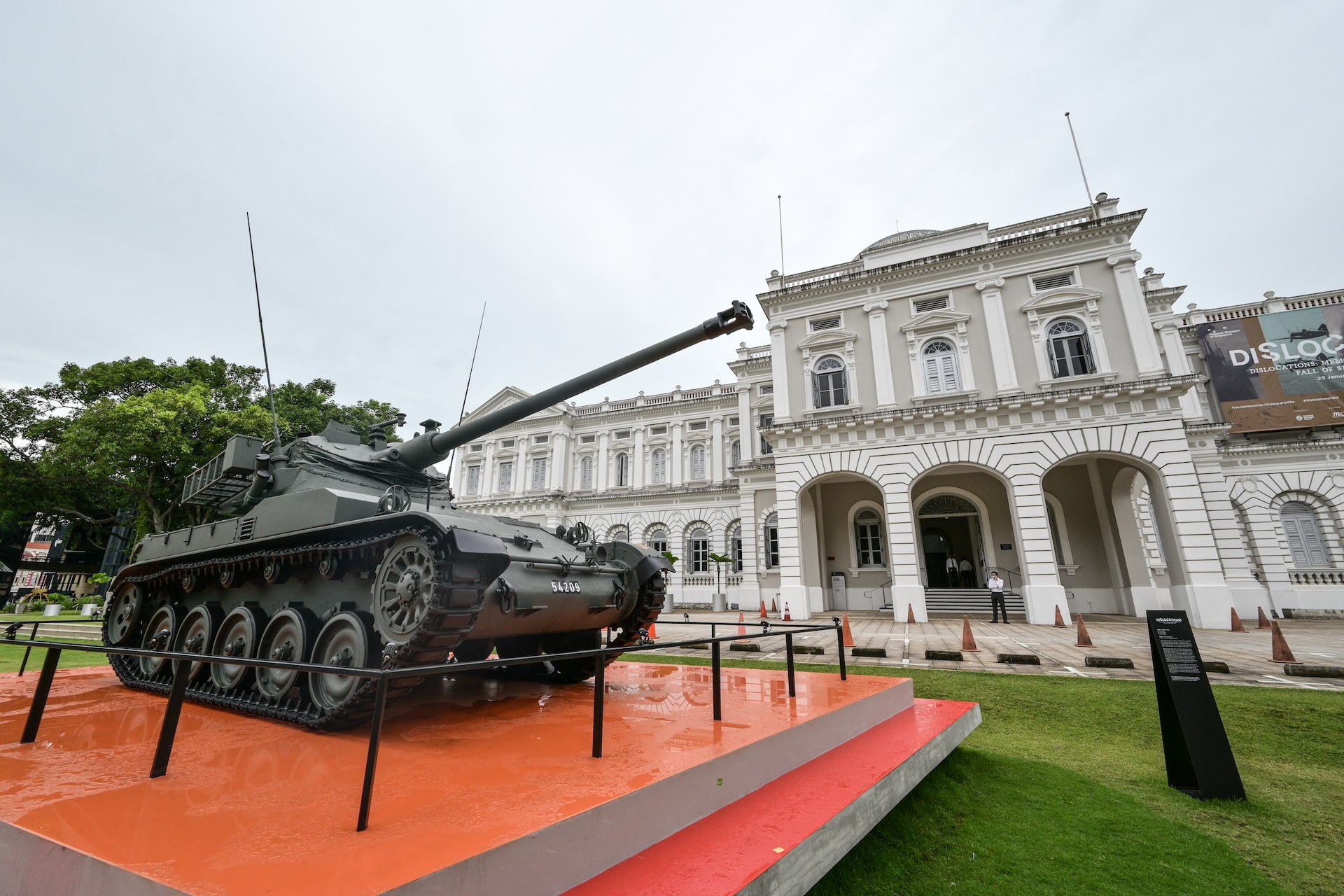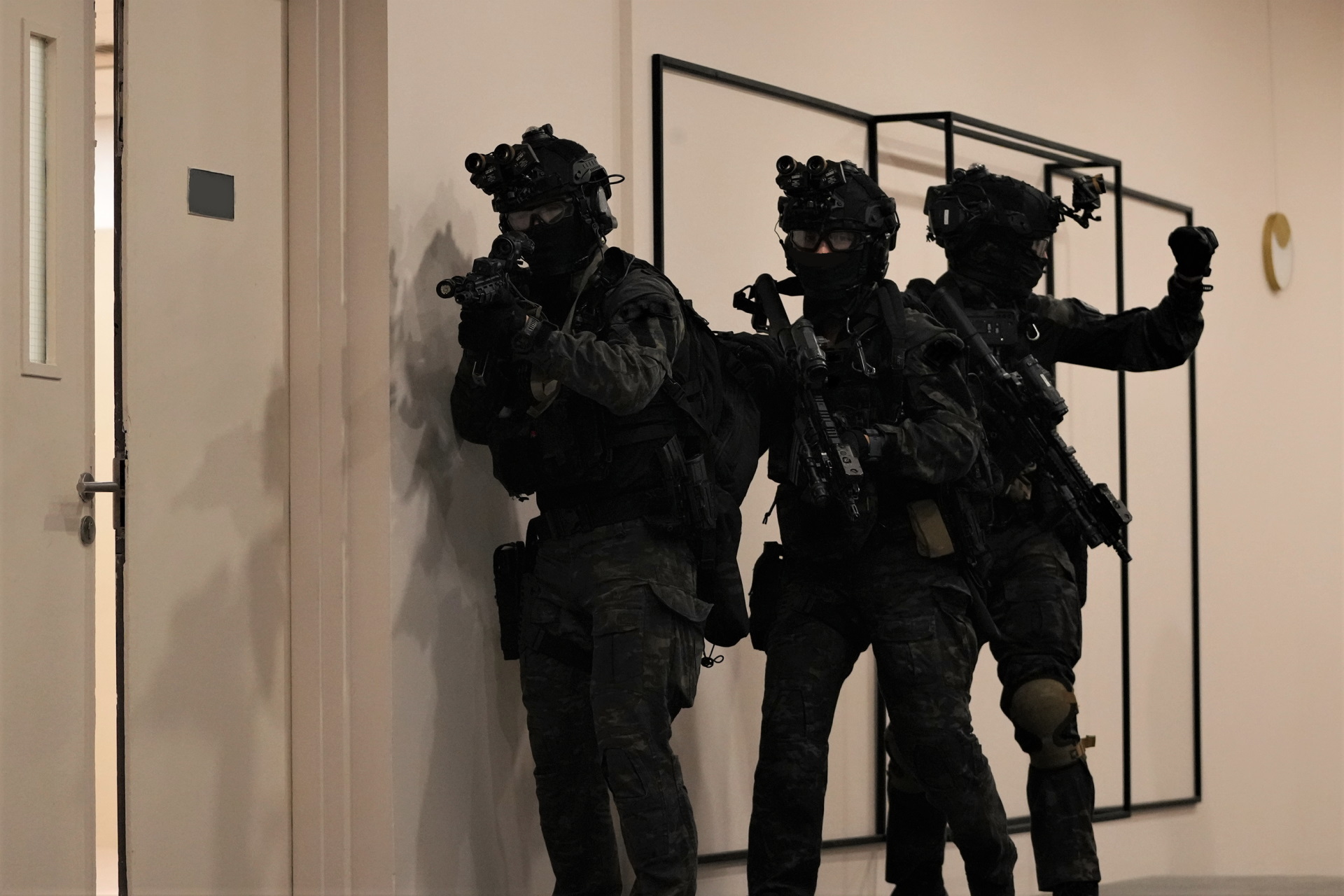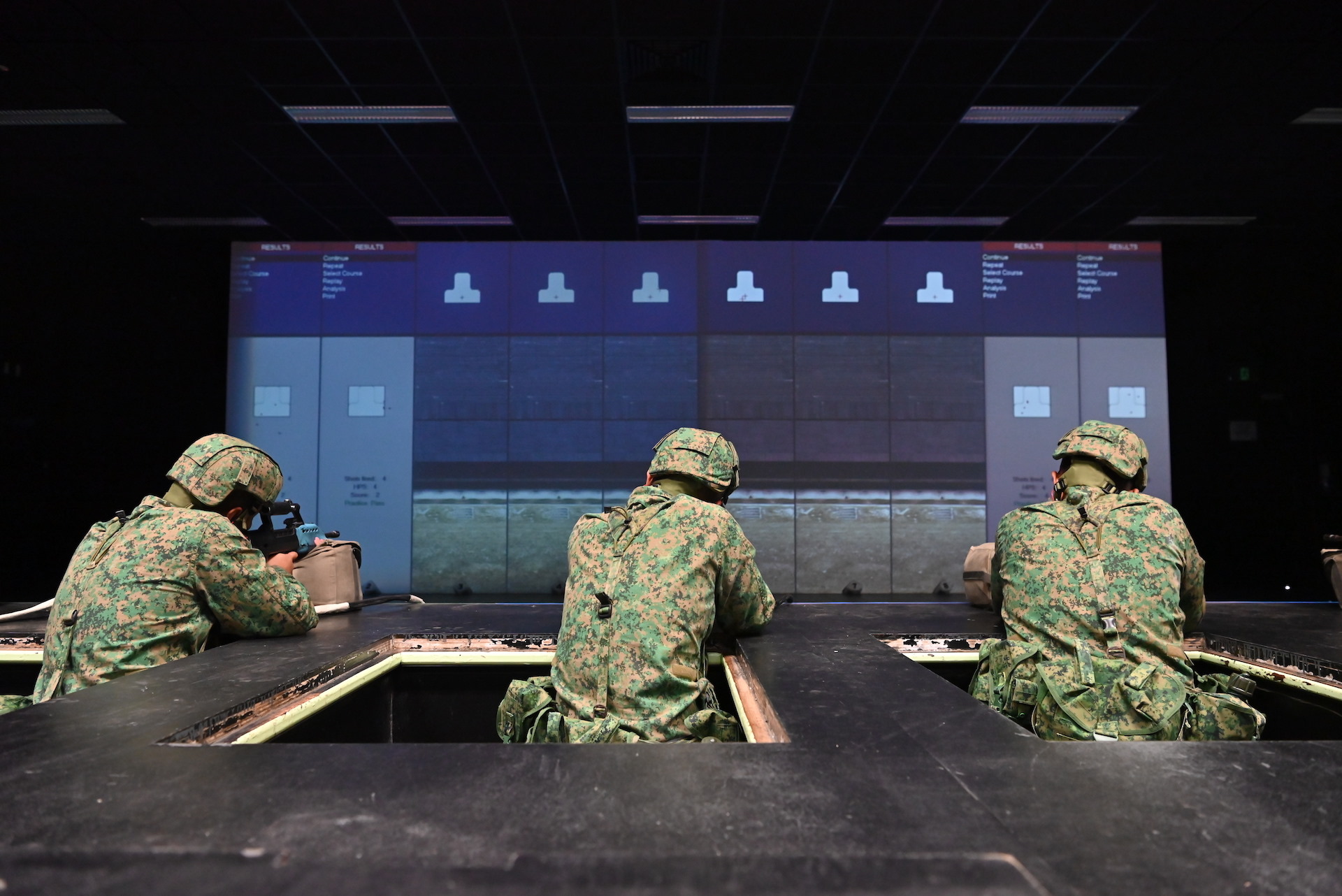Building resilience, reaffirming commitment
As Singapore chairs the ASEAN Defence Ministers' Meeting (ADMM) in 2018, PIONEER looks at how far the group has come and what to expect in the coming year.// Story Teo Jing Ting
// Photos PIONEER photographers, Ong Hong Tat & Geraldine Ang
ASEAN is a vital platform for the countries in Southeast Asia to work together, cooperate and improve lives.
Prime Minister Lee Hsien Loong made this point at the 31st ASEAN Summit in Manila on 14 Nov 2017, when he received a symbolic gavel from Philippine President Rodrigo Duterte to mark the handover of the ASEAN chairmanship.
Stressing the importance of the alliance, Mr Lee said: "ASEAN is a lifeboat for all 10 countries in Southeast Asia to come together, to work together, to have our voice heard on the world stage and to be able to manage our own issues among ourselves, and to cooperate to improve the lives of our people in Southeast Asia."
Under the themes of resilience and innovation, Singapore aims to better deal with emerging security challenges such as cybersecurity, transnational crime and terrorism, said Mr Lee.
This way, ASEAN would be a central force with the ability to deal with the challenges and opportunities, as well as promote and uphold a rules-based regional order.
Key thrusts for 2018
Similarly, as ADMM chair, Singapore plans to strengthen cooperation and build resilience among the ASEAN member states and eight "Plus" countries. In particular, Singapore will focus on three key thrusts: promoting regional counter-terrorism (CT) collaboration; growing a collective capability to defend against chemical, biological and radiological threats; and propagating the use of practical confidence-building measures in the aviation and maritime domains.
Calling the Marawi siege a wake-up call for all ASEAN countries, Minister for Defence Dr Ng Eng Hen said: "(Marawi was) a grim warning that the devastation that we see in Iraq and Syria can very well happen…(so) one of our focuses will be on terrorism, and we are going to hold special sessions on terrorism at the highest levels of leadership."
He was sharing this at the 4th ADMM-Plus, amid discussions on the region's growing terror threat and the situation in the Korean Peninsula. The meeting was held in the Philippines last October, the same period the Marawi siege concluded.
Singapore also plans to encourage information-sharing on how individual countries can deal with chemical, nuclear and radiation attacks, as well as confidence-building measures and practical military cooperation to "build understanding, if not trust" among the nations, added Dr Ng.
Did you know?
Formed in August 1967, ASEAN was the result of the founding member countries' desire to build a peaceful and stable region, and promote closer economic and socio-cultural cooperation among its members.
A united ASEAN
Inaugurated on 9 May 2006, the ADMM is a platform that allows for open and constructive dialogue on regional security issues of mutual interests at the ministerial level.
Apart from promoting practical cooperation among the ASEAN armed forces, it helps to ensure that the member states live in peace with one another and the world.
To boost cooperation among the ASEAN militaries, the ADMM has been driving collaboration in seven areas - Maritime Security (MS), Military Medicine (MM), CT, Peacekeeping Operations, Humanitarian Assistance and Disaster Relief (HADR), Humanitarian Mine Action and Cybersecurity.
In 2010, the ASEAN defence ministers signed a joint declaration to welcome eight "Plus" countries - Australia, China, India, Japan, New Zealand, Republic of Korea, Russia and the United States (US). Together with the ASEAN member states, they form the ADMM-Plus.
A significant milestone in the history of ASEAN, the ADMM-Plus is an important response to rapidly evolving strategic developments in the wider region. It gives an avenue for defence ministers and senior defence officials from ASEAN and the "Plus" countries to exchange views on regional defence and security issues.
"I was very gratified to hear all the ADMM-Plus countries expressing their support," said then-Minister for Defence Teo Chee Hean, following its inaugural meeting in Hanoi, Vietnam on 12 Oct 2010.
"They see ASEAN as a reliable entity (that is) able to bring together all these important countries and work together."
In 2012, the ASEAN member states decided to shorten the interval of ADMM-Plus meetings from once in three years to once in two. Subsequent meetings were then held in 2013 and 2015.
At the 11th ADMM last year, it was decided that the ADMM-Plus meetings should be held annually. Dr Ng also reaffirmed the platform's importance in promoting practical cooperation to strengthen interoperability among the ADMM-Plus' militaries, and announced that Singapore will be hosting the 12th ADMM and 5th ADMM-Plus in 2018.
Did you know?
During the inaugural ADMM-Plus in 2010, Experts' Working Groups (EWGs) in five areas - Humanitarian Assistance and Disaster Relief, Military Medicine, Maritime Security, Counter-Terrorism, and Peacekeeping Operations - were established to promote practical cooperation among the militaries.
Three years later, a new EWG on Humanitarian Mine Action was formed to boost cooperation among member states in the recovery of bombs, mines and explosives left over from wars and conflicts.
Recently, Singapore and the Republic of Korea took over chairmanship of the EWG on Maritime Security from 2017 to 2020. At the first meeting under their co-chairmanship, held in Singapore from 1 to 3 Nov 2017, experts agreed on several initiatives to promote trust between countries and enhance maritime security.
Practical military cooperation
In 2011, the Singapore Armed Forces (SAF) and Indonesian National Defence Forces (TNI) co-hosted the first ASEAN Militaries' HADR Exercise (AHX). Held from 12 to 14 Jul, the exercise (continued on pg 18) involved more than 100 personnel from the ASEAN militaries.
Though small in scale, it marked the first time that the ASEAN military forces gathered to enhance their collective ability to deal with disaster relief situations.
This set the stage for the ADMM-Plus to conduct its first HADR and MM exercise in 2013. Held from 17 to 20 Jun, it was hosted by Brunei and co-organised by China, Japan, Singapore and Vietnam.
Explaining the importance of the exercise, then-Director of Joint Operations Brigadier-General Ngien Hoon Ping said that it provided a useful and safe setting for militaries to work together and promote confidence, peace and stability.
"It shows that the ADMM and ADMM-Plus track is a very feasible and practical one. It's not just about discussions, concepts and policies. You can see practical cooperation here on the ground in Brunei," he added.
Did you know?
At the 10th ADMM in 2016, the ASEAN defence chiefs decided to adopt a concept paper proposed by the Philippines to establish the 7th EWG on Cybersecurity.
A sign that ASEAN was paying attention to the issue of cybersecurity, this working group provides a formal platform for countries to exchange expertise and knowledge, and promote practical cooperation in the region. The new EWG will be co-chaired by New Zealand and the Philippines from 2017 to 2020.
Increased focus on counter-terrorism
Three years later, the SAF and the Royal Brunei Armed Forces hosted the largest-ever ADMM-Plus exercise to date.
Held from 2 to 12 May 2016, the ADMM-Plus MS and CT exercise involved about 3,500 personnel, 18 naval vessels, 25 aircraft and 40 Special Forces (SF) teams. The MS portion was co-organised by Brunei and New Zealand, while the CT part was co-organised by Australia and Singapore.
The exercise began with the MS phase, where a multinational force of Special Operations Task Force (SOTF) troopers from the SAF and SF from Brunei, the Republic of Korea and Thailand came together to storm a hijacked vessel en route from Brunei to Singapore.
Concurrently, SOTF troopers and SF teams from 14 other countries stormed the terrorists' hideout in Singapore, where the terror group responsible for the hijacking was based.
Dr Ng, who witnessed the land-storming finale drill of the exercise in Singapore on 9 May 2016, noted that the amount of resources and manpower that the 18 countries put in was a strong show of commitment.
"It's a very strong signal that, in this part of the world, we take maritime security and the threat of terrorism seriously, and there is a multinational effort to maintain peace and stability in this region."
He added that the exercise had great significance for Singapore as terrorism and maritime threats are trans-boundary in nature, and the SAF was in the midst of ramping up its CT capabilities.
Did you know?
Did you know that there's an official anthem for ASEAN?
Titled The ASEAN Way, the song was written and composed by three Thais - one former journalist and two composers - for the ASEAN anthem competition. It was eventually chosen out of 99 entries from the 10 ASEAN nations and officially adopted on 20 Nov 2008.
Interestingly, the "ASEAN Way" also refers to ASEAN's approach to solving issues, which takes into consideration the cultural norms and mindsets of Southeast Asia.
Key milestones of ADMM
2006
The inaugural ASEAN Defence Ministers' Meeting (ADMM) was held in Kuala Lumpur, Malaysia, on 9 May.
2007
At the 2nd ADMM, the ASEAN defence ministers signed a Joint Declaration to adopt the ADMM-Plus concept paper which would allow ASEAN defence institutions to engage countries beyond Southeast Asia on security issues of mutual interest. The conference was held in Singapore from 13 to 15 Nov.
2010
At the 4th ADMM, the members agreed on the ADMM-Plus format, welcoming eight countries - Australia, China, India, Japan, New Zealand, Republic of Korea, Russia and the United States - to join the inaugural ADMM-Plus meeting which was later held in Vietnam in October.
2011
More than 100 personnel from the ASEAN militaries took part in the first ASEAN Militaries' Humanitarian Assistance and Disaster Relief (HADR) Exercise.
During the exercise, participants attended a two-day workshop in Singapore and witnessed the simulation of a heli-evacuation mission involving Singapore Armed Forces (SAF) and Indonesian National Defence Forces (TNI) assets in Cilodong, Indonesia, where relief packages were distributed to the local community.
A joint SAF-TNI medical team also conducted a medical civic-action programme in West Java throughout the three-day exercise.
2013
About 3,200 troops, seven ships and 15 helicopters from the 18 nations came together for the inaugural ADMM-Plus HADR and Military Medicine Exercise, which was co-organised by China, Japan, Singapore and Vietnam from 17 to 20 Jun in Brunei.
The SAF deployed 340 troops, a Landing Ship Tank (LST), four Super Puma helicopters, as well as medical and combat engineer assets. The LST transported land assets to Brunei, while the helicopters evacuated casualties during the exercise.
2015
At the 9th ADMM, member countries pledged to respond collectively to the threat of extremist organisations to the region, given the growing threat of the Islamic State of Iraq and Syria.
2016
The ADMM-Plus Maritime Security and Counter-Terrorism Exercise saw 3,500 personnel, 18 naval vessels, 25 aircraft and 40 Special Forces teams coming together.
Held in both Singapore and Brunei in May, the largest ADMM-Plus exercise to date was co-organised by Australia, Brunei, New Zealand and Singapore.
An expert's view
What should the ASEAN Defence Ministers' Meeting (ADMM) watch out for? Is Singapore taking a step in the right direction? Head of ASEAN Studies Centre at the ISEAS-Yusof Ishak Institute Dr Tang Siew Mun shares his opinion on Singapore's focus and the challenges of ADMM. Here's his take - summed up in seven points.
The main challenge
1. Trust is crucial.
"It takes a lot of trust to share what you know with the other militaries. But we have to take a leap of faith," said Dr Tang.
"We are bound by our common interest to manage terrorism and eventually, defeat the threat. We're literally in the same boat and we cannot be safe if we do not cooperate. Hopefully, with this knowledge, information-sharing will be up a notch."
While building trust is hard, sustaining it is even harder.
On Singapore's three key thrusts
2. Counter-Terrorism (CT) will remain with us in this lifetime.
The ASEAN member states need to trust one another enough to share tactics and information so that all parties can benefit, said Dr Tang.
With the Marawi siege taking terrorism to an urban level, bringing in a whole-of-government approach, including both the military and police force from the different nations, may elevate the relevance of ADMM CT exercises.
3. The focus on Chemical, Biological and Radiological (CBR) threats is new but relevant.
This may be an unexplored area, but the threat is real. There's a possibility that in the next 10 to 15 years, civilian nuclear reactors will emerge within the region.
If a disaster happens in one, there's a high chance that the rest of the region will also be affected. Putting this agenda on the table will push the ASEAN members to start looking into this issue.
4. Southeast Asia's borders are porous.
With the Marawi siege, the Philippines has become a breeding ground for the Islamic State of Iraq and Syria. This is partly due to the maritime trafficking of people from Malaysia and Indonesia. Aside from human trafficking, piracy, seaborne robbery and transnational crime have plagued Southeast Asia's borders for a long time.
To mitigate these problems, stronger working relations and tighter maritime patrols among the member states need to be established.
Moving forward
5. It's no longer just about Humanitarian Assistance and Disaster Relief…
The ADMM needs to reinvent itself and source potential areas of cooperation to address new and emerging threats, noted Dr Tang.
Calling Singapore's key thrusts a step in the right direction, he said: "It's going to be challenging to rally support in the CBR area, but this will be useful and important for the region in the long run... These thrusts will remain relevant over the next few decades and hopefully, open new grounds for greater cooperation."
6. The more important exercises are with ADMM-Plus
The ADMM-Plus allows ASEAN to harness the capabilities of more developed militaries like those of Australia, China, Japan and the United States (US). Through exercising and training with one another in the region, stronger bonds are forged and the "Plus" countries also gain a better understanding of the ASEAN region.
7. ADMM-Plus needs to be kept relevant
While the big players like China and US prefer to engage the ADMM individually, ASEAN must not work with them at the expense of other "Plus" nations.
Explained Dr Tang: "The challenge for ASEAN is to keep the ADMM-Plus together because ASEAN plays a facilitating role to be on the same page and getting them to work together in our region."
For instance, though India and the Republic of Korea are pretty far from each other, they converge in ASEAN to work together through the ADMM-Plus.
"We cannot neglect the middle powers and the relevance for them to have a hand in ADMM-Plus must be maintained."
Conversations with China and US
Deepening ASEAN-China Ties
On the sidelines of the 11th ADMM and 4th ADMM-Plus held last year, Dr Ng met Chinese State Councillor and Minister of National Defence General (GEN) Chang Wanquan on 23 Oct 2017.
Both parties discussed further practical initiatives to advance ASEAN-China relations, which include planning for the conduct of the inaugural ASEAN-China maritime exercise.
As the ASEAN-China Dialogue Relations Coordinator from 2015 to 2018, Singapore shares close defence relations with China. In addition to high-level bilateral interactions and exchanges, the People's Liberation Army and the SAF regularly conduct joint exercises such as Exercise Cooperation (an army exercise) and Exercise Maritime Cooperation, a bilateral naval exercise introduced in 2015.
Singapore, US to work against terrorism
During his meeting with US Secretary of Defence James Mattis on 24 Oct 2017 in the Philippines, Dr Ng conveyed Singapore's commitment to extending its contributions to the US-led Defeat-ISIS coalition in the Middle East for 2018 and beyond. This includes contributing a KC-135R tanker aircraft, an Imagery Analysis Team and a medical team.
In a separate meeting with US Secretary of the Navy Richard Spencer in Washington D.C. last year, both Dr Ng and Mr Spencer noted the importance of the US' continued leadership in the Asia-Pacific as a force for peace and stability.
In addition, Mr Spencer stressed that the US' enhanced presence and increased engagement of partners in the region were key priorities for the Department of the Navy.
